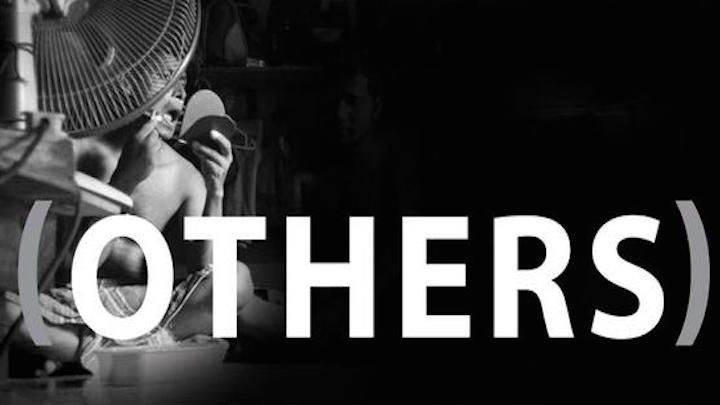‘Others’ art exhibition lifts curtain on lives of migrant workers
The ‘Others’ exhibition at the national art gallery features photos of migrant workers at their workplaces as well paintings and installation art from 10 locally renowned artists.

04 Aug 2015, 9:00 AM
Local NGO Transparency Maldives (TM) is hosting a six-day art exhibition highlighting the lives of migrant workers in the Maldives. The ‘Others’ exhibition at the national art gallery features photos of migrant workers at their workplaces as well paintings and installation art from 10 locally renowned artists.
Last week, the Maldives was placed back on the US State Department’s tier 2 watch list for human trafficking. The 2015 Trafficking in Persons report noted that migrant workers in the Maldives experienced “forced labour, including fraudulent recruitment, confiscation of identity and travel documents, withholding or nonpayment of wages, and debt bondage.”
TM’s senior project coordinator, Ahid Rasheed, told Maldives Independent that the NGO started offering free legal advice to migrant workers about three years ago. “We realised that this large community of hard workers is the most ill-treated people in the country. They do not have anyone to turn to,” he said.
TM first planned to approach relevant government offices and independent institutions, Ahid said, but then decided that changing the public’s outlook or mindset was also important for combating racism and xenophobia.
Become a member
Get full access to our archive and personalise your experience.
Already a member?
Discussion
No comments yet. Be the first to share your thoughts!
No comments yet. Be the first to join the conversation!
Join the Conversation
Sign in to share your thoughts under an alias and take part in the discussion. Independent journalism thrives on open, respectful debate — your voice matters.




